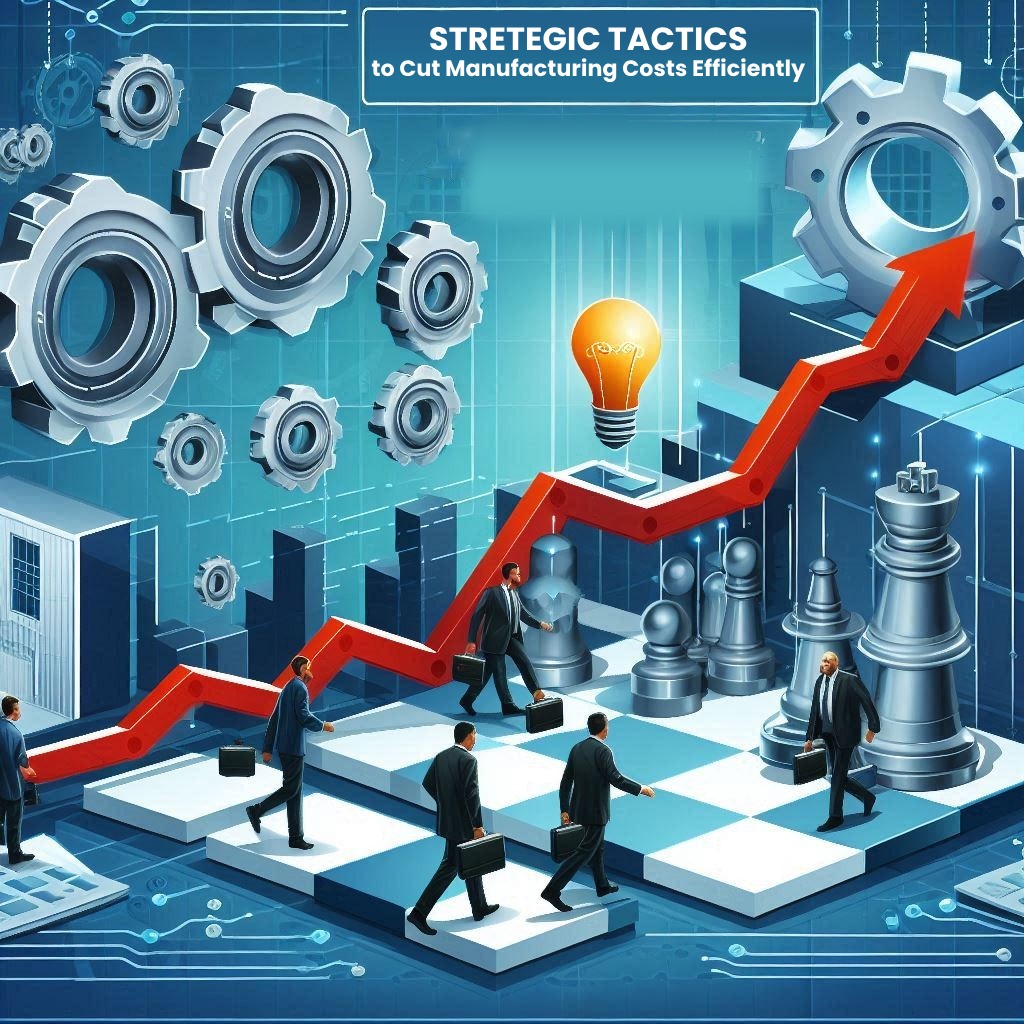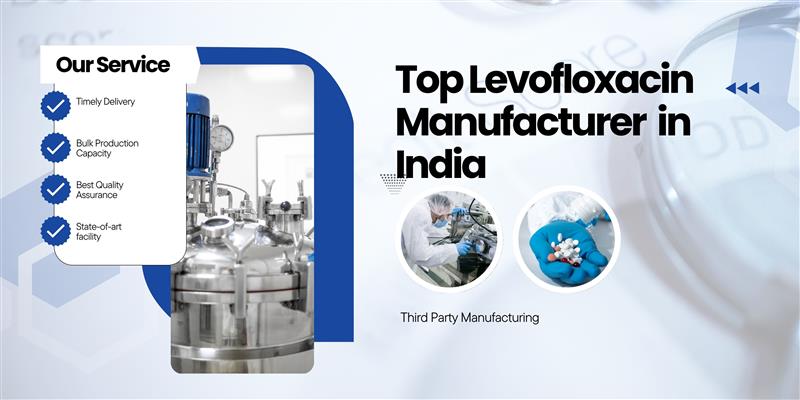
Strategic tactics to cut manufacturing costs efficiently is crucial for maintaining competitiveness and increasing earnings in the pharmaceutical sector. We’ll look at practical methods in this blog article to assist you in reducing production expenses and increasing manufacturing efficiency. We will explore corporate savings methods, pharmaceutical production optimization, and cost reduction tactics. Let’s get started and see how you may improve your bottom line by streamlining your manufacturing procedures!
1. Analyzing Current Manufacturing Expenses
Why Analyze Manufacturing Costs?
Understanding where your money is going is the first step towards efficiently cost reduction of our production. Having a comprehensive picture of your costs is the first step towards manufacturing efficiency. Your existing expenditures can be analyzed to identify inefficiencies and possible savings areas.
Start by going over your production process from top to bottom. Examine the costs of labor, raw materials, and overhead. Knowing these components will enable you to determine where costs might be reduced without compromising quality.
For instance, conducting a detailed cost analysis might reveal that switching to a more cost-effective supplier or adjusting your production schedule can lead to significant savings. Using tools like cost management software or ERP systems can make this analysis more straightforward and efficient.
Techniques for Cost Analysis
a. Cut manufacturing costs are largely dependent on effective cost analysis. Cost accounting is one approach; it entails keeping track of all manufacturing costs and examining them to identify inefficiencies. This procedure can be aided by tools like ERP systems or cost management software.
b. Benchmarking expenses to industry norms is an additional strategy. This entails contrasting your manufacturing costs with those of other businesses operating in the same sector. You can find areas for improvement and determine whether your costs are higher than usual by doing this.
c. Furthermore, pay close attention to pinpointing areas with high costs, such as labor, overhead, and raw materials. For instance, you might bargain with suppliers for lower pricing or look for substitute products if you discover that the cost of raw materials is unnecessarily high.
2. Implementing Lean Manufacturing Principles
What is Lean Manufacturing?
One effective strategy for cost reduction of production and increasing productivity is lean manufacturing efficiency. Its main goals are to maximize value and minimize waste at every stage of the production process.
- a. Value stream mapping is one of the main tenets of lean manufacturing. With the aid of this technique, you may examine every step of your production process to find and remove waste. Every step can be mapped out to identify inefficiencies and improve workflow.
b. Just-In-Time (JIT) production is another important idea. Producing only what is required, when required, is the goal of JIT. This approach lowers the cost of inventories while lowering the possibility of overproduction. For instance, you can prevent having too much inventory and save money on warehousing by utilizing JIT.
c. Continuous Improvement, or Kaizen, is another crucial component of Lean Manufacturing. It entails implementing tiny, gradual adjustments to streamline procedures and cut expenses. Getting your staff involved in Kaizen projects can save a lot of money in the long run.
d. Last but not least, organizing workplaces for optimal efficiency can be aided by the 5S methodology (Sort, Set in Order, Shine, Standardize, Sustain). Frequent 5S audits help keep things organized and save money.
3. Embracing Technological Advancements
How Technology Can Cut Manufacturing Costs
Optimizing pharmaceutical production while cut manufacturing costs can be accomplished through the integration of technology breakthroughs. Technology may lower costs, increase production, and streamline procedures.
Robotics and automation are two of the most influential technologies. Automated systems can quickly and precisely complete repeated activities, saving labor expenses and increasing accuracy. For example, packing and assembly jobs are better completed by robotic arms than by human labor.
AI and 3D printing are examples of modern industrial technologies that should be taken into account. These developments have the power to streamline manufacturing procedures and provide affordable answers to challenging manufacturing problems. For instance, rapid prototyping, which lowers the time and expense involved in creating new goods, can be accomplished with 3D printing.
Equipment that uses less energy is also essential for cost-cutting. Purchasing contemporary, energy-efficient equipment will save your utility costs and lessen your environmental impact. Seek alternatives for producing, heating, and cooling systems that use less energy.
4. Optimizing Supply Chain Management
Why Supply Chain Optimization Matters
Simplifying your supply chain management is a strategic decision that can save costs associated with production. Productivity can rise and expenses can be reduced with an effective supply chain.
a. Make supplier relationships your first priority. Creating strong, reliable connections may lead to better terms and prices. Striking for discounts on larger purchases or looking for long-term agreements with suppliers are two ways to make significant financial savings.
b. Effective inventory management is a crucial element of supply chain optimization. Using inventory optimization techniques can help you avoid stockouts and reduce holding expenses. Demand forecasting and just-in-time inventory are two tactics that can enhance stock level management.
c. Having efficient distribution and logistics is another aspect of supply chain optimization. By streamlining logistical processes, costs associated with distribution and transportation can be reduced. Consider other options, such combining items into one cargo or using more affordable forms of transportation.
5. Enhancing Quality Control Processes
The Function of Quality Control in Cutting Manufacturing Costs
Enhancing quality control processes is essential for both cut manufacturing costs and optimize pharmaceutical output. Setting quality as your top priority will reduce mistakes and rework, which can result in cost savings.
a. Start by putting in place robust quality assurance protocols. Tight quality control procedures ensure that products meet legal criteria and reduce the likelihood of costly product recalls. Regular inspections and adherence to quality standards are essential for maintaining good product quality.
b.An other helpful strategy is root cause analysis. Determining and resolving the root causes of defects may prevent more issues and save costs. To identify the source of a problem, employ techniques such as the Fishbone Diagram and the Five Whys.
c. It’s also crucial to make training and development investments for staff members. Employees with proper training are better able to uphold standards and follow best practices. Providing continuous training can improve workers’ abilities and lower overall costs.
6. Exploring Outsourcing Opportunities
Benefits of Outsourcing for Cost Reduction
In order to cut manufacturing costs and achieve corporate savings, it can be a smart strategic decision to investigate outsourcing alternatives. Streamlining operations and offering affordable solutions are two benefits of outsourcing.
a. The manufacturing efficiency and production functions are one area that should be considered for outsourcing. By collaborating with outside manufacturers, you can save production costs and free up time for your primary business operations. For instance, labor costs can be reduced and production capacity can be increased by outsourcing specific production operations.
b. Consider factors including cost, experience, and capabilities when assessing possible partners while investigating outsourcing options. To make sure your outsourcing relationships are successful, establish clear contracts and performance goals.
There are numerous practical methods for reducing production costs and raising production output. You can accomplish considerable cost reduction and company savings by examining current expenses, adopting technological improvements, using lean manufacturing concepts, optimizing supply chain management, improving quality control methods, and investigating outsourcing alternatives.
Every one of these tactics is essential for improving your production procedures and increasing your revenue. Commence by assessing your present procedures and pinpointing opportunities for enhancement. Then, put these strategies into practice to make your operations run more smoothly and economically.
Are you prepared to increase productivity and cut manufacturing costs? Get in touch with us for knowledgeable guidance and specialized solutions made to satisfy your unique requirements. Together, let’s accomplish your manufacturing goal !




